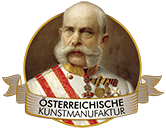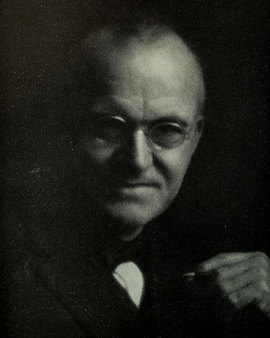A close look at the fine lines Timothy Cole carved into wood reveals a quiet revolution in the medium of wood engraving. Cole, who emigrated from London to the United States in the 19th century, is regarded as one of the most important wood engravers of his era. His works are characterized by exceptional precision and a deep sensitivity to light and shadow, enabling him to interpret the masterpieces of European painting in a new, reproducible form. Especially his reproductions of Old Masters for renowned magazines such as 'Scribner’s Monthly' and later 'The Century Magazine' brought him international fame and played a significant role in popularizing European art in America.
Cole mastered the art of translating the essence of a painting into the language of wood engraving without losing any expressive power. His technique was so refined and detailed that his prints were often considered works of art in their own right. At a time when photography had not yet enabled mass reproduction of art, Cole’s wood engravings served as a crucial link between originals and a broad audience. His travels to Europe, particularly to Italy, France, and Spain, were not only for seeking motifs but also for studying the Old Masters, whose works he transferred to wood with great respect and technical brilliance. Today, Timothy Cole is celebrated as a pioneer of reproductive printmaking, whose influence extends far beyond the medium of wood engraving. His works are represented in major museums and are valued by art historians as important testimonies to the transmission of European art traditions to the New World.
×





.jpg)
.jpg)
.jpg)
.jpg)
.jpg)
.jpg)
.jpg)
.jpg)
.jpg)
.jpg)
.jpg)
.jpg)
.jpg)
.jpg)
.jpg)
.jpg)
.jpg)
.jpg)
.jpg)
.jpg)
.jpg)
.jpg)
.jpg)
.jpg)
.jpg)
.jpg)
.jpg)
.jpg)
.jpg)
.jpg)
.jpg)
.jpg)
.jpg)
.jpg)
.jpg)
.jpg)
.jpg)
.jpg)
.jpg)
.jpg)
.jpg)
.jpg)
.jpg)
.jpg)
.jpg)
.jpg)
.jpg)
.jpg)
.jpg)
.jpg)
.jpg)
.jpg)
.jpg)
.jpg)
.jpg)
.jpg)
.jpg)
.jpg)
.jpg)
.jpg)
.jpg)
.jpg)
.jpg)
.jpg)
_from_Old_English_Masters_-_(MeisterDrucke-1302003).jpg)
_from_Old_English_Masters_-_(MeisterDrucke-1302003).jpg)
.jpg)
.jpg)
.jpg)
.jpg)
.jpg)
.jpg)
.jpg)
.jpg)
.jpg)
.jpg)
.jpg)
.jpg)
.jpg)
.jpg)
.jpg)
.jpg)
.jpg)
.jpg)
.jpg)
.jpg)
.jpg)
.jpg)
.jpg)
.jpg)
.jpg)
.jpg)
.jpg)
.jpg)
.jpg)
.jpg)
.jpg)
.jpg)
.jpg)
.jpg)
.jpg)
.jpg)
.jpg)
.jpg)
.jpg)
.jpg)
.jpg)
.jpg)
.jpg)
.jpg)
.jpg)
.jpg)
.jpg)
.jpg)
.jpg)
.jpg)
.jpg)
.jpg)
.jpg)
.jpg)
.jpg)
.jpg)
.jpg)
.jpg)
.jpg)
.jpg)
.jpg)
.jpg)
.jpg)
.jpg)
.jpg)
.jpg)
.jpg)
.jpg)
.jpg)
.jpg)
.jpg)
.jpg)
.jpg)
.jpg)
.jpg)
.jpg)
.jpg)
.jpg)
.jpg)
.jpg)
.jpg)
.jpg)
.jpg)
.jpg)
.jpg)
.jpg)
.jpg)
.jpg)
_from_Old_English_Masters_-_(MeisterDrucke-1290402).jpg)
_from_Old_English_Masters_-_(MeisterDrucke-1290402).jpg)
.jpg)
.jpg)
_-_(MeisterDrucke-1455576).jpg)
_-_(MeisterDrucke-1455576).jpg)
.jpg)
.jpg)
.jpg)
.jpg)
.jpg)
.jpg)
.jpg)
.jpg)
.jpg)
.jpg)
.jpg)
.jpg)
.jpg)
.jpg)
.jpg)
.jpg)
.jpg)
.jpg)
.jpg)
.jpg)
.jpg)
.jpg)
.jpg)
.jpg)
.jpg)
.jpg)
.jpg)
.jpg)
.jpg)
.jpg)
.jpg)
.jpg)
.jpg)
.jpg)
.jpg)
.jpg)
.jpg)
.jpg)
.jpg)
.jpg)






